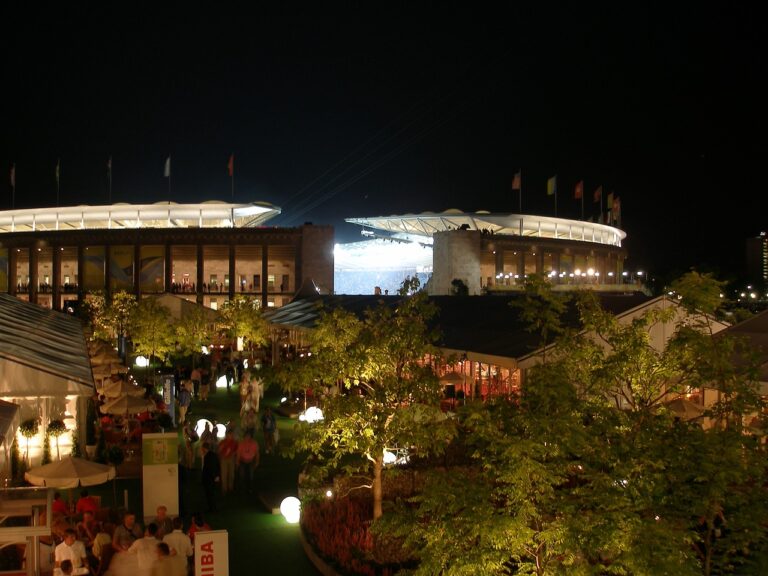Addressing Noise Pollution Concerns in Stadium Design: Allpannel com, Play 99 exch, Gold id 365
allpannel com, play 99 exch, gold id 365: Addressing Noise Pollution Concerns in Stadium Design
When designing a stadium, architects and engineers must take into account various factors to ensure the comfort and safety of both athletes and spectators. One important consideration that often gets overlooked is noise pollution. The roar of the crowd, amplified music, and sound effects can all contribute to excessive noise levels that can be harmful to human health and the environment. In this article, we will discuss how stadium designers can address noise pollution concerns to create a more enjoyable and sustainable experience for everyone involved.
Noise Control Measures
1. Sound-absorbing materials: Using materials such as acoustic panels, baffles, and curtains can help absorb sound and reduce reverberation within the stadium.
2. Strategic layout: Designing the seating arrangement and stadium layout in a way that minimizes sound reflection and maximizes sound dispersion can help control noise levels.
3. Noise barriers: Installing barriers around the stadium can help block external noise sources and reduce the impact of noise pollution on surrounding areas.
4. Soundproofing equipment: Utilizing soundproofing materials and equipment in areas such as VIP boxes, control rooms, and restrooms can help contain noise levels within acceptable limits.
5. Green spaces: Incorporating green spaces and vegetation around the stadium can help absorb sound and create a more pleasant environment for spectators.
6. Noise monitoring: Implementing a noise monitoring system can help stadium operators track noise levels in real-time and make adjustments as needed to maintain a comfortable acoustic environment.
Frequently Asked Questions
Q: How does noise pollution affect human health?
A: Excessive noise levels can lead to hearing loss, stress, anxiety, and other health issues. It can also disrupt communication and concentration, impacting the overall experience for athletes and spectators.
Q: What are the regulations regarding noise pollution in stadiums?
A: Regulations vary by location, but most cities have specific noise ordinances that limit the amount of noise allowed in residential and commercial areas. Stadium operators must comply with these regulations to avoid fines and penalties.
Q: Can noise pollution impact the environment?
A: Yes, noise pollution can disturb wildlife, disrupt ecosystems, and contribute to overall environmental degradation. It is essential for stadium designers to consider the impact of noise on the surrounding environment and take appropriate measures to mitigate it.
In conclusion, addressing noise pollution concerns in stadium design is critical to creating a safe, comfortable, and sustainable environment for athletes, spectators, and the surrounding community. By implementing sound control measures and utilizing innovative design strategies, stadium designers can create an enjoyable experience for all while minimizing the negative impact of noise pollution.







